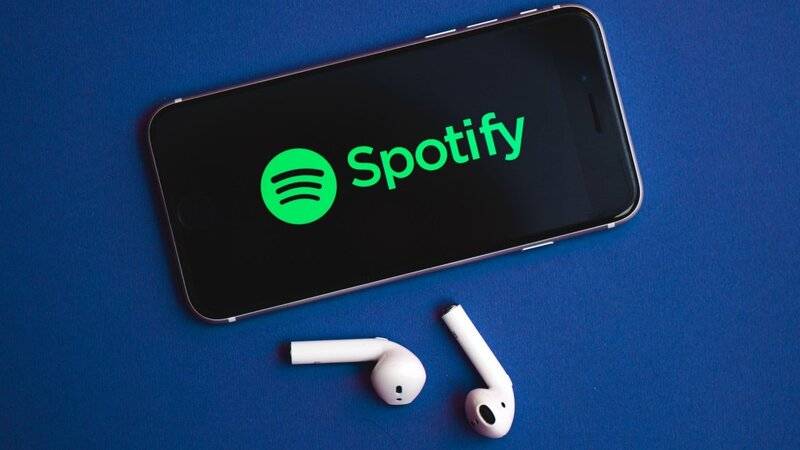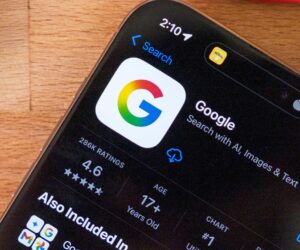Spotify is rolling out a major free-user upgrade that enables the 433 million ad-supported users of the company worldwide to browse, choose, and play any song they want. The development eliminates the long-standing restriction on the shuffle-only mode on mobile. The roll-out internationally introduces new features called Pick & Play, Search & Play, and Share & Play, which allow free users to listen to tracks shared by artists or friends, and search for specific tracks they’d like to hear.
The upgrade is an attempt to increase user engagement on the ad-supported service as Spotify eyes the growth of its advertising revenue stream. The ad-supported service is responsible for a huge bulk of Spotify’s users.
Out of about 696 million monthly active users, Spotify boasts 433 million free and 276 million Premium subscribers. Free users will be able to tap on tracks directly, replace shuffle caps, and interact with shared content from social media.

What free users will gain from Spotify’s pick, search, and share
Spotify’s free users will no longer be restricted to listening to random playlists. They can input the name of the song, artist, or album and play it immediately with Search & Play. Pick & Play enables them to select a tune of their choice straight within the app. Share & Play enables free users to hear songs that travel through social media shares, but only if a friend or artist has shared a song; recipients can open and play it in an instant.
These features do not cut out all constraints: Spotify is still withholding some premium features. Lossless streaming, playlists created by AI, and features like Mix will remain the preserve of paying customers. Free listeners will remain treated to advertisements. Premium listeners still have advantages like ad-free listening, offline listening, and all audio quality and catalog features.
Spotify most recently indicated that ad revenue accounted for approximately 11% of its revenue through June 2025. Spotify’s ambition is to elevate the percentage to 20%. By launching more flexible listening for free listeners, Spotify is projecting more in-app time spent, more ad impressions, and more space for ad-supported top-line expansion.
See also: Spotify introduces in-app messaging as subscription price hike looms


Background, scale, and strategic push
Spotify currently has around 696 million monthly active users. Of the lot, 276 million pay a subscription fee. The remaining 433 million are subscribers of its ad-supported free plan. The company has been optimising the feature set in free and paid plans to balance user satisfaction, subscription growth, and ad revenue performance.
Before this change, free users on mobile platforms could only shuffle through some playlists with a limited number of skips. Free users couldn’t choose individual songs to play, or listen to tracks shared via social media or friends. With Pick & Play, Search & Play, and Share & Play, Spotify is giving free users more control over what they are listening to and when.
Spotify launched its service in 2008. It has added features like podcasts, audiobooks, playlist personalization, and social sharing since then. Spotify now streams more than 100 million songs, nearly 7 million podcast titles, and hundreds of thousands of audiobooks in a number of markets.
Spotify’s introduction of these free-user upgrades tilts the premium-to-free balance. Free customers enjoy song-choice autonomy; Premium customers retain more high-end features. The move aligns with Spotify’s strategy to elicit more participation from its free audience, which constitutes the majority of listeners, and expand its share of ad revenue.


With this feature, Spotify is positioning itself to compete more aggressively in regions where the majority of consumers rely on free streaming. The features have the potential to reduce friction for those using the free version of the service, making the app more desirable despite ads.
As Spotify launches Pick & Play, Search & Play, and Share & Play globally, the company is hoping its free users spend more time in the app, interact more with shared content across platforms, and generate more potential views for ads.








